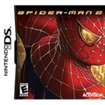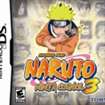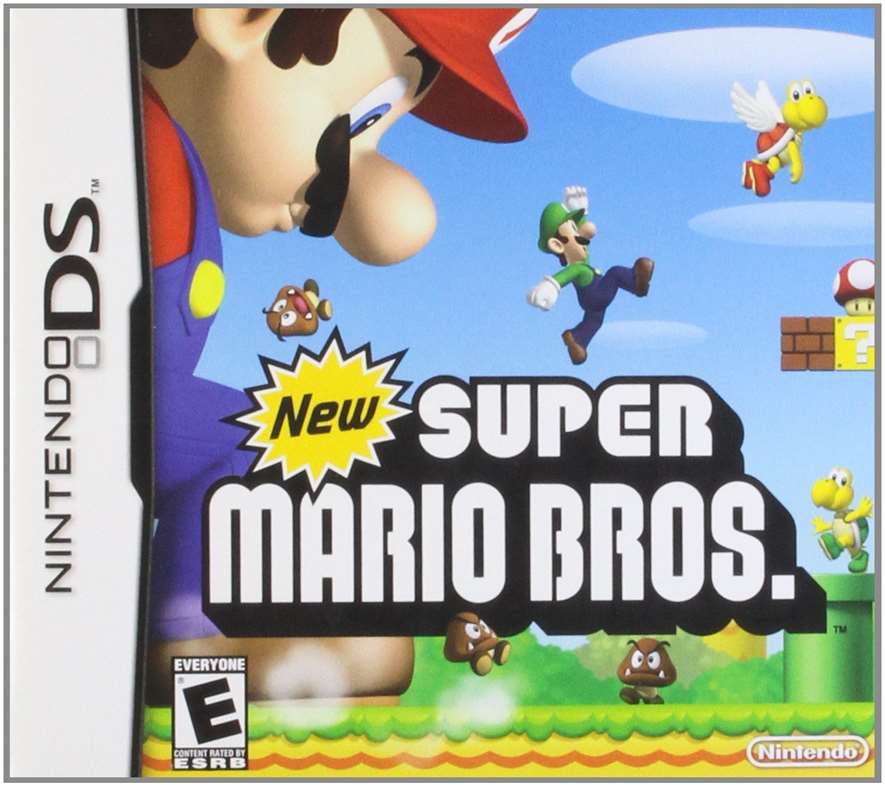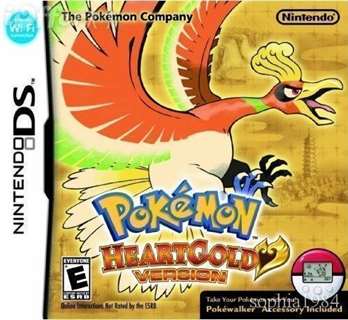Very few, if any at all, US Nintendo DS developers have managed to generate the kind of buzz that 5th Cell has with Scribblenauts. When the game made its public debut at the Electronic Entertainment Expo earlier this year, the game hopped on a massive hype train because of its insanely ambitious concept. I mean, have you ever heard of a puzzle game that gives the player the ability to conjure up any object they can think of? That’s exactly what Scribblenauts promises, and the developers fully deliver on that promise. If I reviewed this game on concept alone, it’d score a ten, easy: Scribblenauts is an incredibly versatile Nintendo DS experience. It’s also extraordinarily unique, one of the very rare Nintendo DS games that just can’t be compared to anything else on the market. But the package as a whole has a few quirks in it that has the unfortunate effect of putting unnecessary frustration into the experience. To enjoy Scribblenauts you’ll have to put up with a few hindrances along the way: awkward control and behavior that’s just too much to ignore.
But first, the fantastic: the core concept within Scribblenauts is something so ambitious that you’d have all the rights in the world to be a skeptic. The game is a 2D side-scrolling platform-like experience where the idea is to use any realworld object to solve the problem at hand. The designers encourage you to conjure up anything you can think of by typing or handwriting it on the touchscreen: as long as it’s not a trademarked item (Twinkee, Pokemon, Superman), or an alcoholic beverage (beer, wine, whiskey), or a vulgar word (insert every possible version of “penis” here), there’s an outstanding chance that you can bring it up for use within Scribblenauts. The library is insanely vast and the first task you’ll find yourself falling into is seeing if you can simply stump it and come up with words that aren’t in the game. You can and you will — as deep as the vocabulary is you won’t find everything in Scribblenauts, but the fact of the matter is you actually have to try to stump it to stump it.
But much more important is that most of the items in Scribblenauts have behavior attached to it. If it’s a vehicle, you can ride it. If it’s an animal, you’ll see it wander the level. If it’s a food item, it can be eaten. If it’s a weapon, you can attack people with it. If it’s made out of wood, it can burn and float in water. If it’s metal, it’ll be heavy and sink. And so on. The designers keep the visuals to a simplistic cartoony level, most likely to save the sanity of the artists as well as to get everything to fit on a DS cartridge. It’s a style that works and gives Scribblenauts its own unique look. Once you’re done trying to stump the vocabulary, you’ll easily find yourself losing hours seeing what happens when you drop multiple items in the same level. The game employs a physics engine so you can stack objects on top of each other or send them flying through the air by throwing them around the environment.
And after hours of tooling around, you realize, wait, there’s actually a game to play! After a very handy and well implemented tutorial, you’re faced with dozens upon dozens of challenges to solve, each requiring players to find and collect the level’s “Starite” to finish the round. The early batch of levels are pretty basic and obviously designed to show players exactly how Scribblenauts plays out: give a chef something tasty, or a fireman something he can use. Then you get to the meat of the experience, challenges that are a lot more thought provoking: how do you exterminate ants without upsetting a hippie, or get rid of an infestation of rats in a multi-level room? And even when you’ve solved a puzzle you’re encouraged to revisit levels and solve them in entirely different ways for additional points: until you solve a level three times, previously used words won’t be allowed in that challenge.
Even when you’ve plowed through the main game, you’re still not done. Scribblenauts has a basic level editor that allows for a decent amount of control for players to come up with their own challenges. You’ll quickly realize that the tool given to the user isn’t nearly as versatile as the tools used by Scribblenauts level designers so you won’t be able to pull off the same types of levels that are built into the game. But you do have some freedom, and clever users can come up with some fun challenges if they put some time into it. And since the game supports the Nintendo Wi-Fi Connection it’s easy to put your creations online and download new ones, but you’ll need to exchange Friend Codes with the individuals responsible. If you want to bypass that, you can simply trade levels locally without going on the Internet.









Facebook comments